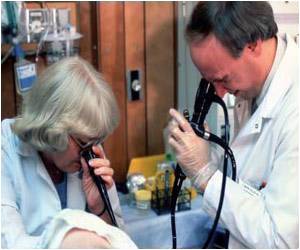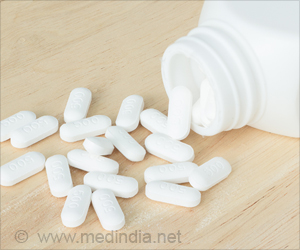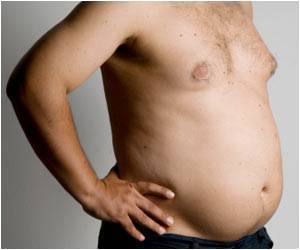- New skin patch that helps the body burn fat has been developed
- Micro-needles in the patch can deliver drugs that turn energy-storing fats into energy-burning fats
- Laboratory trials show that the patch reduced fat mass by over 30 percent over a period of just four weeks
A Skin Patch to Reduce Fat
The skin patch contains hundreds of micro-needles, which are thinner than a human hair. The micro-needles are loaded with the drug beta-3 adrenergic receptor agonist or T3 triiodothyronine, which is a thyroid hormone. The patch delivers the drugs when it is pressed into the skin for two minutes. The patch can be removed when the micro-needles embedded in the skin detaches from the patch. As the micro-needles degrade, the drugs slowly diffuse to the energy-storing white fat underneath the skin layer, turning them into energy-burning brown fats.The skin patch could help address obesity without resorting to surgeries or oral medication, which could have serious side effects, said, Professor Chen Peng and Assistant Professor Xu from NTU.
"The amount of drugs we used in the patch is much less than those used in injection or oral medication. This lowers the drug ingredient costs while our slow-release design minimises its side effects," said Xu.
"What we aim to develop is a painless patch that everyone could use easily, is unobtrusive and yet affordable. Most importantly, our solution aims to use a person's body fats to burn more energy, which is a natural process in babies,” said Chen, a biotechnology expert who researches on obesity.
Dr. Aung Than, a research fellow, conducted experiments of the skin patch on mice. The findings showed that the patch could suppress weight gain in mice that were fed a high-fat diet. The patch reduced the fat mass by over 30 percent over a period of just four weeks.
Drugs Used in the Skin Patch
The skin patch contains beta-3 adrenergic receptor agonist and T3 triiodothyronine. A beta-3 adrenergic receptor agonist is a USFDA approved drug to treat overactive bladder.T3 triiodothyronine is a thyroid hormone commonly used for as a medication to treat an underactive thyroid gland.
Cost of the Patch
The skin patch had a material cost of about US $3.50 or Rupees 238 to make. The patch contains beta-3 adrenergic receptor agonist combined with Hyaluronic acid, a substance found naturally in the human body and also commonly used in skin moisturizers.Melvin Leow, Associate Professor at NTU's Lee Kong Chian School of Medicine, who was not affiliated with this study, said, “It is exciting to be able to tackle obesity via the browning of white fat and the results were promising. These data should encourage Phase I Clinical studies in humans to translate these basic science findings to the bedside, with the hope that these microneedle patches may be developed into an established cost-effective modality for the prevention or treatment of obesity shortly."
Obesity is a result of an excessive accumulation of fat, which is a major risk factor for various diseases, including heart disease, type 2 diabetes and stroke. According to the World Health Organization, 1.9 billion adults in the world are overweight with 650 million of them being obese. The skin patch could help address obesity and also lower the risk of health-related complications.
Reference:
- Aung Than, Ke Liang, Shaohai Xu, Lei Sun, Hongwei Duan, Fengna Xi, Chenjie Xu, Peng Chen. Transdermal Delivery of Anti-Obesity Compounds to Subcutaneous Adipose Tissue with Polymeric Microneedle Patches. Small Methods, 2017; 1 (11): 1700269 DOI: 10.1002/smtd.201700269
















